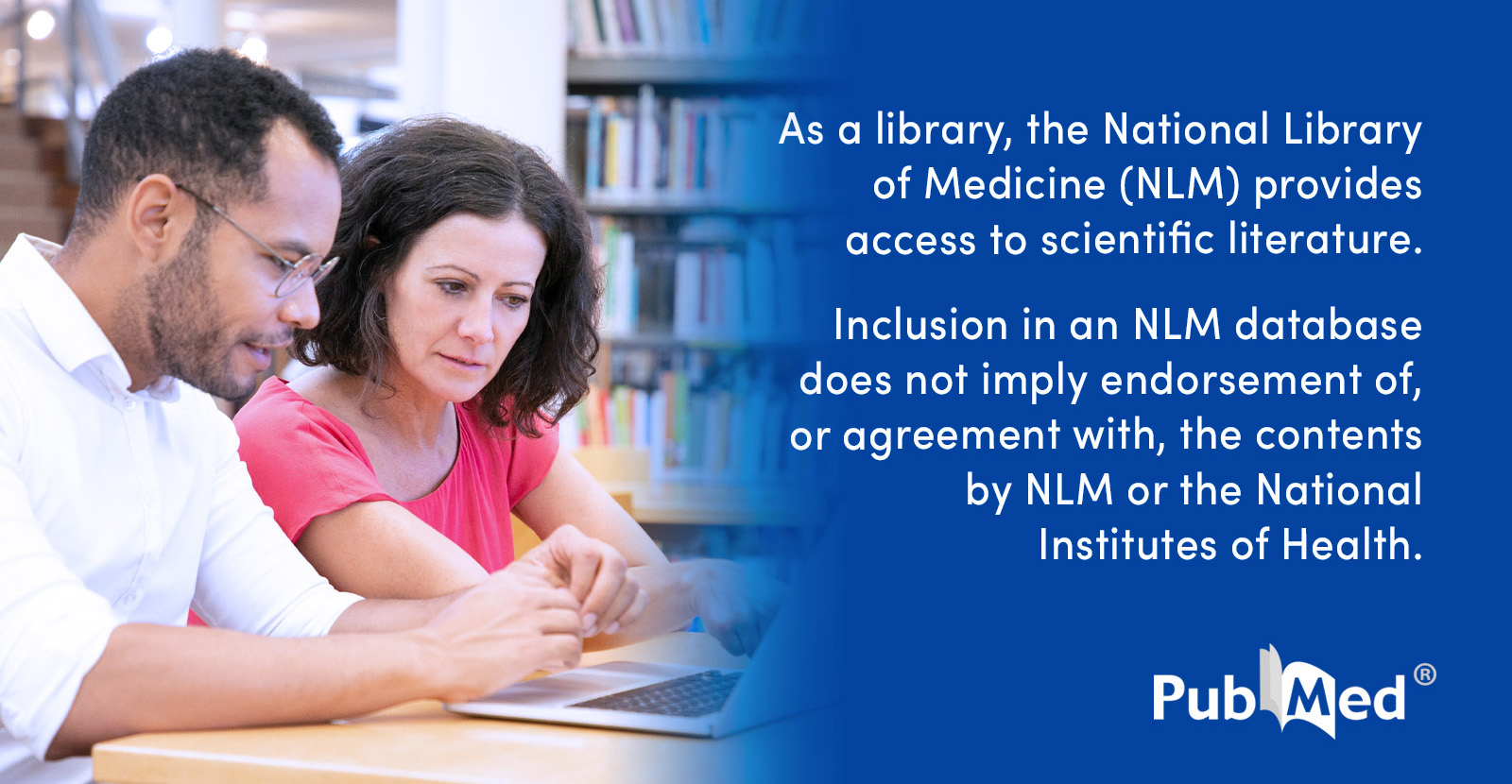I guess I am going to double post because I kind of feel contradictory about what I have previously said. I do not think it is incorrect, just woefully incomplete.
The exact mechanism of nitrous oxide and pretty much all inhalational anesthetics is honestly fairly nebulous and up for debate. It was previously thought that they dissolve into the fatty cell membrane and make it more fluid, which would cause ion channels to change their open state.
This was thought because there is a really tight correlation between an anesthetic's lipophilicity (measured by octanol water coefficient), and the MAC, which is the minimum dose to produce anesthesia (minimum alveolar concentration).
Later studies demonstrated that a dose of anesthetic to produce anesthesia would donate so few molecules of drug to the plasma membrane that the membrane fluidity is not altered.
Next there was a paper that showed halothane (a common halogenated ether, previously used for anesthesia, but which was pulled due to rare but potent hepatotoxicicty) could inhibit the action of firefly luciferase, which was performed without membranes present.
Still, a direct channel mechanism is not a perfect explanation, because anesthetics tend to open some channels while closing others (which has always struck me as a very lucky trait, if the wrong channels were opened or closed, one would have a gas that causes anxiety and seizures). More likely is a mechanism one level of regulation that effects channels.
Most recently a hybrid theory has been proposed where activation of phospholipase d, which hydrolyzes membrane lipids into signaling molecules activates a few channels. (it's from the journal PNAS, whose motto is "please don't make fun of our name")
Anesthetics are used every day in thousands of hospitals to induce loss of consciousness, yet scientists and the doctors who administer these compounds lack a molecular understanding for their action. The chemical properties of anesthetics suggest that they could target the plasma membrane. Here...

www.pnas.org
I like this paper because it really bridges the gap between the two strong points of each theory above, with direct kinase inhibiton and a good explanation for the meyer-overton correlation (the name for the lipophilicity thing).
That being said, while I was looking for that previous paper and its link, I came across a different paper demonstrating direct inhibition of a few ion channels using computational modeling.
Often the truth is non simple and a sum of a bunch of slightly minor factors. Inhalational anesthetics is one such nuanced field.
 pubs.asahq.org
pubs.asahq.org





